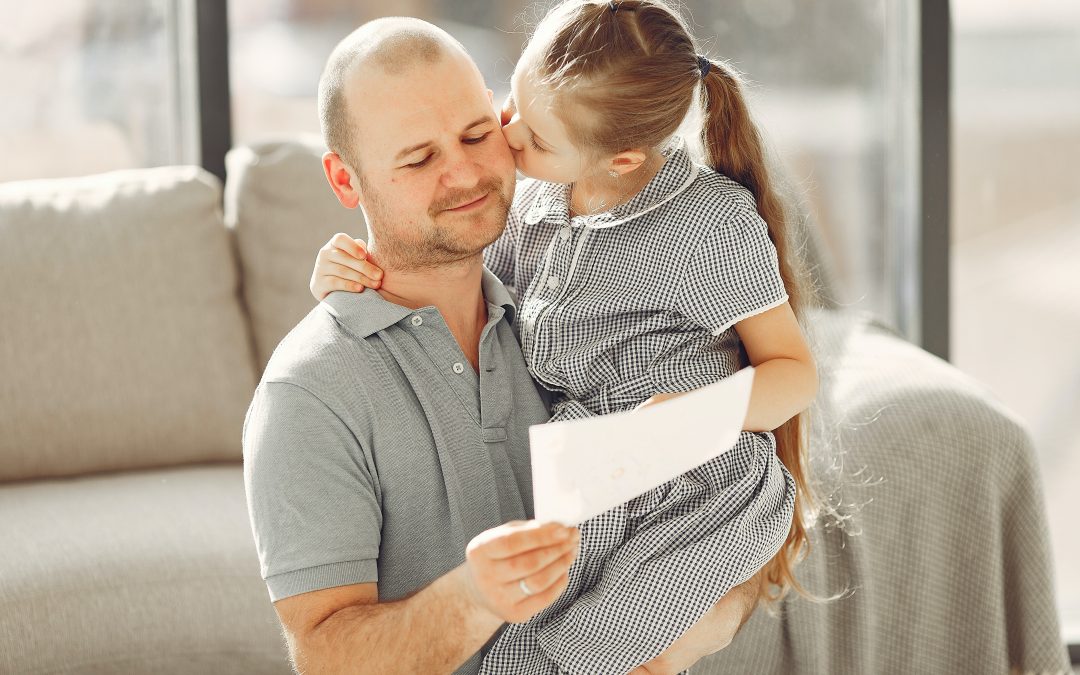We are all faced with uncertainties due to the current pandemic; as we witness the resurgence of COVID-19 in places where it seemed it had been quelled, we must also process the push towards business-as-usual in order to maintain some level of economic viability. This means our kids will be going back to school… Reflecting on what this means for us as individuals, and for our families, our educators, our service industry workers, loved ones in high risk categories, and of course, for the frontline workers, can be quite confusing, anxiety inducing, and daunting. So how can we muster the courage to move forward in these uncertain times in a way that enables us to enjoy life and feel joy despite the stress of unknowns and challenging transitions? Good question.
As much as “Keep Calm and Carry On” is a romantic ideal, keeping calm takes courage. We see this courage displayed everyday by people working on the frontlines, in the service industry, and indeed all around us… and we will see it displayed in September by our educators, students, and their families. How can we foster greater courage to support calm through the transition?
- Reframe fears and anxieties; unpack them, talk about them, and help put them in perspective. What is the worst that can happen? How bad can it be? Brainstorm strategies to help find ways to help navigate through the issue. Are there positive experiences that we can draw from to demonstrate how we have navigated similar stresses in the past?
- Break it down into steps. Sometimes we can feel overwhelmed when we look at the situation as big picture concept, but when we can look at each step separately, we often find the steps themselves are not so daunting. When our kids achieve the first step, it will help build confidence and courage to face the next. Trying a few practice runs before the first day of school can help kids find confidence and courage for the big first day back to school.
- Try something new. Collaborate with your kids and agree on something new to try. A longer bike ride, a new game, a new recipe, a new craft – really anything at all. Doing something we have never done before can help foster courage and confidence.
- Allow for mistakes! When we make mistakes in a safe environment, we can see that they can be great learning opportunities.
- Acknowledge the courage around you, and role model it for your kids.
- Find the moments in-between to see beauty, feel joy, and have fun. Think of this as a positivity bank – the more we stop to appreciate the good stuff for ourselves and with our kids, the more we will have in reserve when we are faced with stressful moments.
On a personal note, I’ve been having a spiritual conversation with birds since my son’s passing. Blue jays in particular. I heard them call me out front a little bit ago, and hearing them, I went and sat on my front steps. I watched as a group of them danced from my neighbour’s tree to my lilac tree – seeming to inspect me. I have never seen them in front of my house like this before, and it was both heart rendering and heart lifting. These are the moments of inner peace that the universe offers us when we are open to them. These moments can help us find balance, despite all that is going wrong in the world. Let’s face it, 2020 is unfolding like a Shakespearian tragedy; a cruel cosmic twist forcing us to look here and now at our issues. How we manage to keep despair at bay will be our test to create pathways to meaningful change. Not necessarily on a grand scale, because that can feel too overwhelming and hopeless… but in our own lives… taking one step, one act, at a time, can help build our own courage and that of the kids to support us through the challenging transitions that face us.
ADDITIONAL RESOURCES
For Children: A video about the power of bravery.
For Youth: A wonderful and motivational film about courage.
For Caregiver: Building Courage in Kids. This article explains how to teach kids to be brave.
For Educator: This blog explains how to teach, model and foster courage in the classroom.

